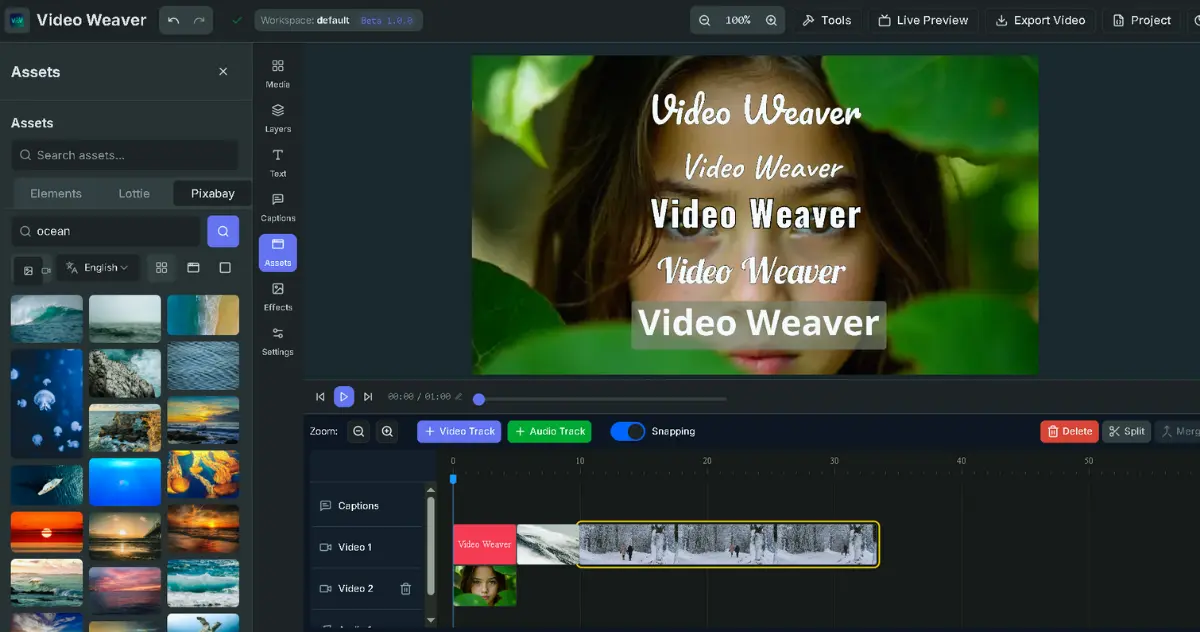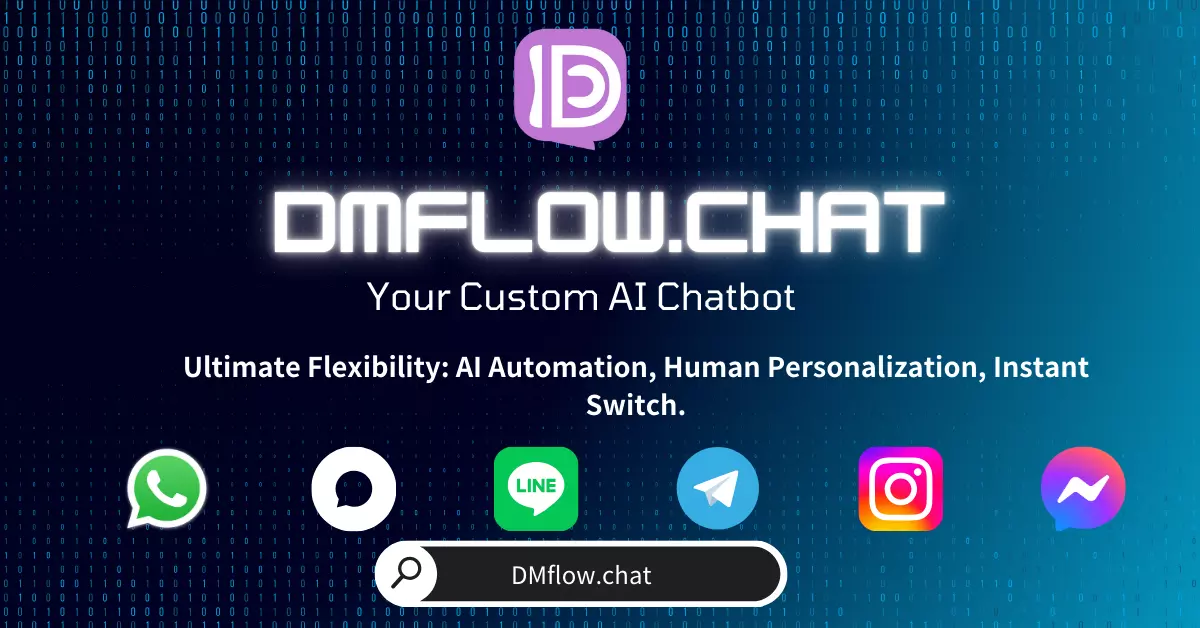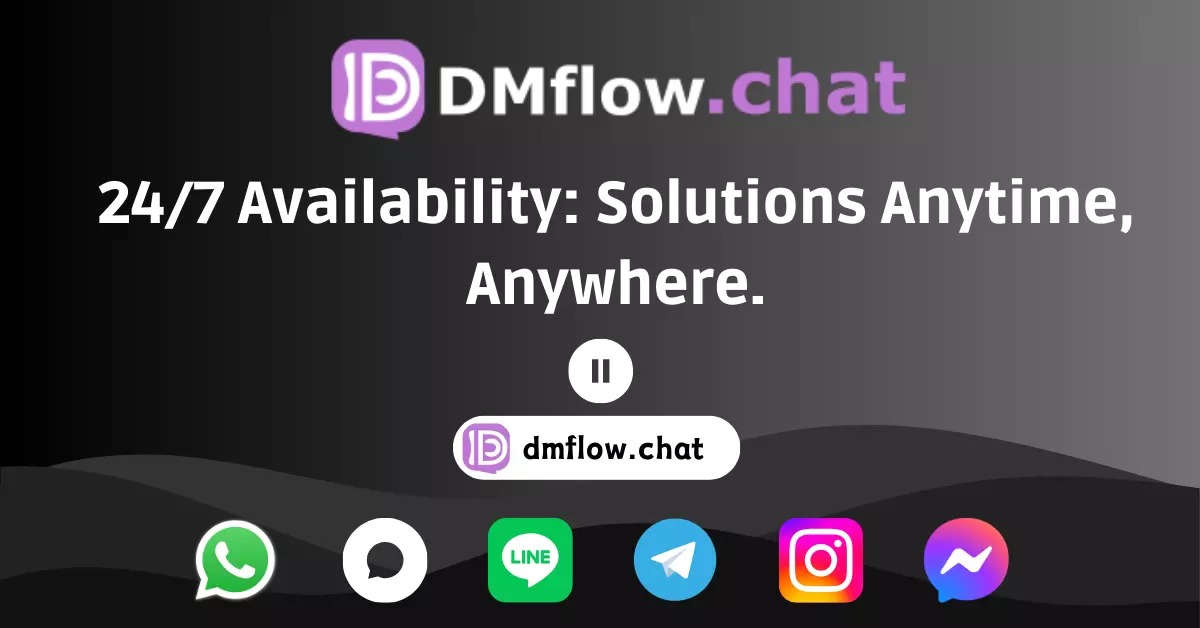KittenTTS: A 25MB AI Voice Model? Open-Source, Free, and Runs on Mobile Phones!
Following the launch of the 25MB Nano preview, the Kitten ML team has once again made a stunning announcement with the release of Kitten TTS Mini! This 170MB open-source text-to-speech model also features 8 vivid built-in voices and continues the tradition of an incredibly low barrier to entry, running smoothly on mobile phones and Raspberry Pi. Witness the evolution of lightweight AI voice technology.
In today’s era of rapid advancements in artificial intelligence, when we talk about high-quality “Text-to-Speech” (TTS) models, what often comes to mind are massive files, a dependency on high-end hardware (especially GPUs), and potentially expensive licensing fees. But what if there was a model that could break all these rules?
Recently, a team named Kitten ML dropped a bombshell in the tech community. They first released a preview version called KittenTTS Nano, which shocked the community with its incredibly small size of less than 25MB. Now, riding on that success, they have officially launched a more powerful and complete version—KittenTTS Mini, once again sparking heated discussions among developers on GitHub.
Why is this series so special? Because it’s unbelievably small and completely free.
A Remarkable Evolution: From Nano to Mini
To understand the appeal of KittenTTS, we need to look at its two versions. This isn’t just a model update; it’s a clear technological evolution.
KittenTTS Nano (kitten-tts-nano-0.1)
This was the first bombshell dropped by the Kitten ML team. As a “preview version,” the Nano model has only about 15 million (15M) parameters, and the total file size is less than 25MB! You can find it on Hugging Face.
What does that mean in practice? It’s roughly the size of a few high-resolution photos. It proved to the world that an extremely lightweight model can produce clear and natural-sounding speech.
KittenTTS Mini (kitten-tts-mini-0.1)
After the successful proof-of-concept with Nano, the team launched the more mature Mini version. This model’s parameters were expanded to about 80 million (80M), and the file size correspondingly grew to around 170MB. You can find this new version on Hugging Face.
Although the size has increased, compared to mainstream TTS models that often run into several gigabytes, 170MB is still an extremely lightweight figure. This increase in size brings richer vocal details and better overall performance.
Small Size, Big Power: The Core Advantages of KittenTTS Mini
So, what are the surprising advantages of the upgraded KittenTTS Mini?
Eight Vivid and Lively Voices
The Mini version inherits and optimizes the eight built-in English voices (four female, four male). These are not monotonous robotic readings but possess a considerable degree of expressiveness and emotion. For such a tiny model to achieve this level of liveliness is truly impressive.
Incredibly Lightweight
This remains the most attractive feature of the KittenTTS series. Even the 170MB Mini version has extremely low hardware resource consumption. This means developers can easily integrate it into various applications without worrying about server costs.
It Really Runs Everywhere!
Forget the slogans that merely claim “no GPU required”—KittenTTS lowers the barrier to entry to a whole new level. Both Nano and Mini can run not only on a standard CPU but can also smoothly generate speech on microcomputers like the Raspberry Pi, and even on mobile phones.
For many developers, students, or hobbyists on a limited budget, this is undoubtedly fantastic news. You no longer need expensive hardware to integrate high-quality voice features into your projects.
Long Live Open Source! Completely Free to Use
Yes, you read that right. The KittenTTS series is completely open-source. This means anyone can freely download, use, and even modify its source code for both personal and commercial applications. This open approach will undoubtedly drive community growth and model adoption significantly.
The Secret Behind the Magic: How Does It Work?
KittenTTS’s ability to maintain excellent performance at such a small size seems to stem from its use of a G2P (Grapheme-to-Phoneme) approach at its core. This might sound complex, but the principle is quite intuitive.
- Grapheme: Refers to the units of written text, such as the English letter ‘c’.
- Phoneme: Refers to the smallest unit of sound in a language, for example, the ‘c’ in “cat” makes the /k/ sound.
The function of G2P is to first convert the input text (graphemes) into a standard set of phonetic symbols (phonemes) before generating speech. This allows the model to know more accurately how each word should be pronounced, resulting in a more natural and clearer tone. This is one of the key reasons it can maintain good quality at a small size.
Future Roadmap: What’s Next for KittenTTS?
The Kitten ML team has also generously shared their updated development roadmap:
- Release preview model (
Nano) (Completed) - Release fully trained model (
Mini) (Completed) - Release mobile device SDK
- Launch web-based service
From this roadmap, it’s clear that the team’s goal is to make KittenTTS more powerful and easier to use. The future mobile SDK and web service will allow even more users without a programming background to experience it easily. Additionally, the team has mentioned that future versions are expected to support multiple languages, which is even more exciting.
Conclusion: Why Should You Pay Attention to KittenTTS?
The emergence of KittenTTS is more than just another new TTS tool. Its evolution from Nano to Mini vividly demonstrates that in the field of AI, high performance and lightweight design are not mutually exclusive.
Its small size, cross-platform capabilities, excellent expressiveness, and, most importantly, its open-source spirit combine to make it a highly attractive option. Whether you are a developer looking for a voice solution, a student curious about AI technology, or simply a tech enthusiast, KittenTTS is worthy of your attention.
Let’s look forward to its future development and the revolutionary changes it will bring to AI voice technology!




